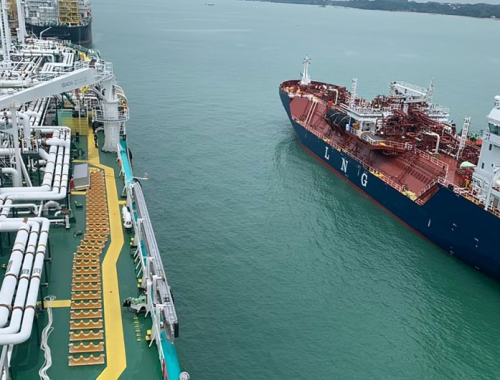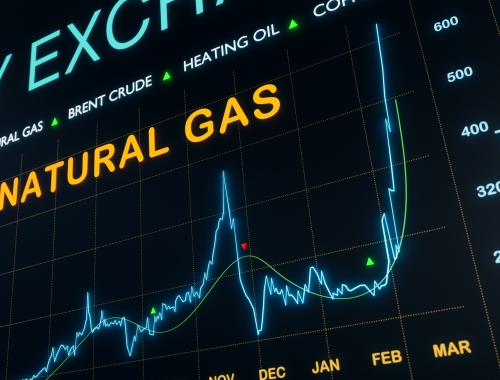Shell slashes emissions by 18% in absolute terms
SUMMARY
The result brought Shell more than a third of the way toward its 2030 absolute reduction target.
By Callum CyrusShell achieved an 18% reduction from its 2016 carbon footprint last year in absolute terms, referring to both operational emissions and energy consumption used across its business, the company said on April 20.
The announcement came in Shell's 2021 annual energy transition report. It brings Shell more than a third of the way to its 2030 target of slashing absolute emissions by half against 2016 levels. All of Shell's reduction figures use its 2016 footprint as a baseline.
Shell also said it had achieved its short-term net carbon intensity reduction target of 2-3% by the end of last year. It now hopes to achieve a 9-12% reduction on 2016 levels before 2024, ramping up to 20% by the end of the decade.
Another highlight from the report was the update on Shell's sector-by-sector decarbonisation programme. The programme includes a carbon capture project pipeline that will remove 25mn mt/yr of carbon from the atmosphere by 2035, and more LNG provision to help steadily decarbonise heavy freight vehicles, whether at sea or on land.
Shell's board chair Andrew Mackenzie said the strategy was helping to identify decarbonisation opportunities in areas where legacy energy products have been entrenched for decades.
"We see great business opportunities for Shell in the fast-growing low and zero-carbon markets where we are well positioned to provide the different products and solutions our customers need," he said.






